About Us
AGROPRIX Company profile
AGROPRIX - is trading company leading with principal products include spices and pulses in Canada and internationally. The company was ....
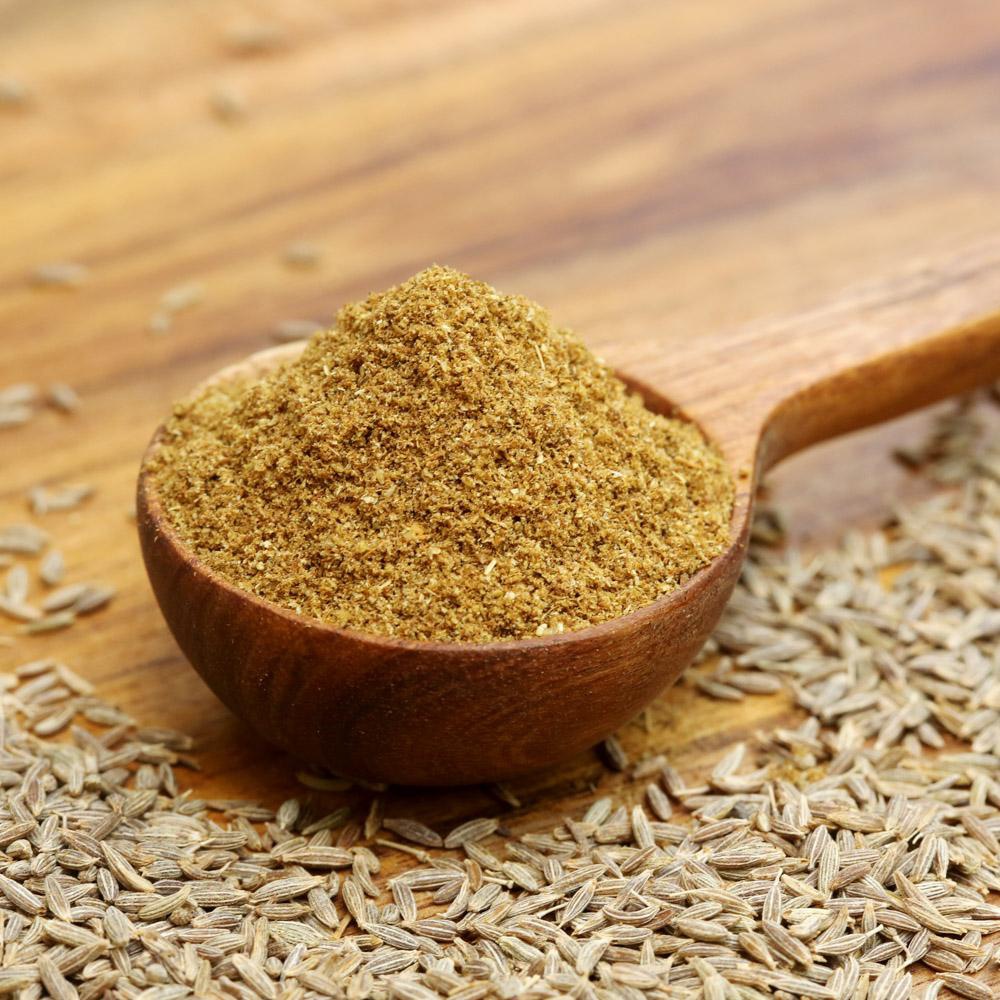
CUMIN
- Cumin has been in use since ancient times. It is one of the medical plants from parsley origin. It has been cultivated in Syria ages ago. Babylonian and Assyrian doctors used cumin in their medicine recipes. Ancient civilizations have used cumin for a variety of purposes. The Romans and the Greeks regarded cumin as one of the essential spices. The Egyptians, for their part, used cumin in the process of mummifying dead people. In Syrian region, Cumin is planted in the month of January and cultivated in May. Cumin seeds are oblong in shape, longitudinally ridged, and yellow-brown in color. Cumin is the second most popular spice in the world after black pepper. It can be used ground or as whole seeds. It helps to add an earthly and warming feeling to cooking, making it a staple in certain stews and soups, as well as curries and chili. It gives a distinctive warm flavor to a wide range of dishes in different countries and cultures around the world.
×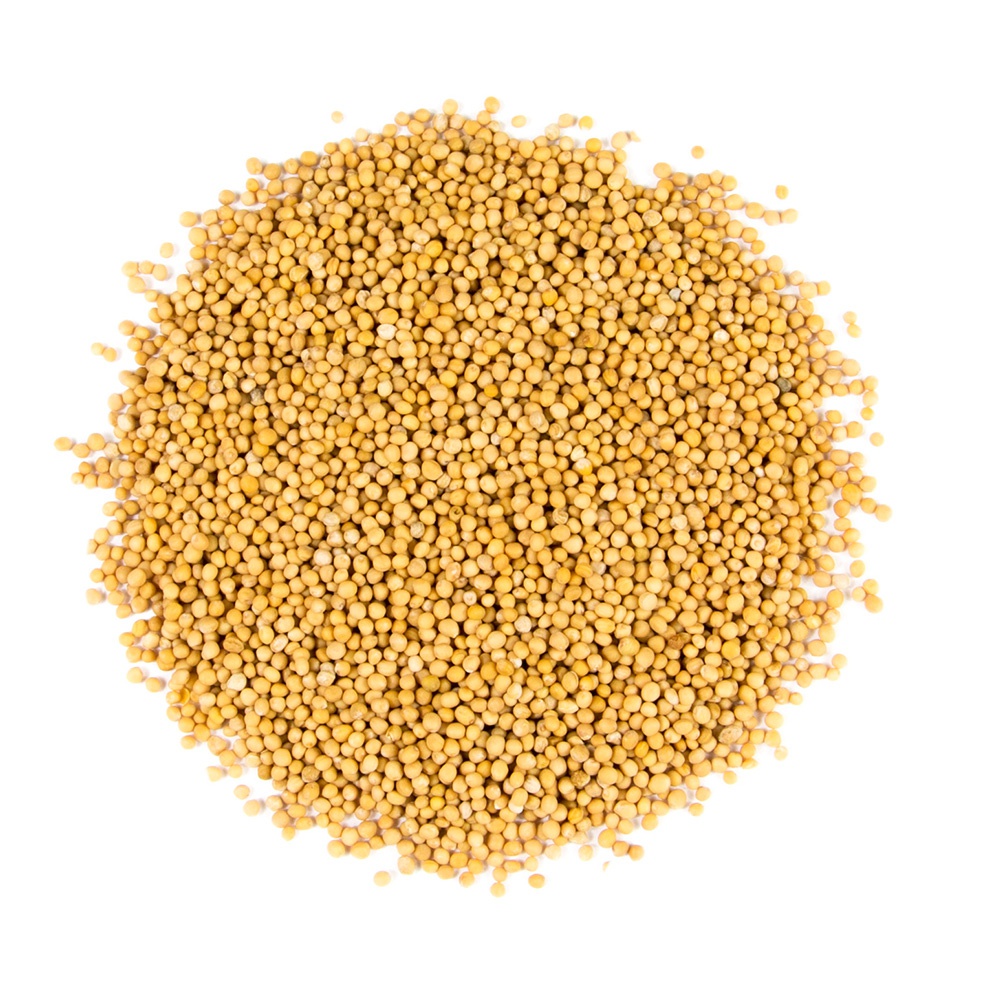
MUSTARD
-Whole, ground, cracked, or bruised mustard seed are mixed with water, salt, lemon juice, or other liquids, and sometimes other flavorings and spices, to create a paste or sauce ranging in color from bright yellow to dark brown
×
LAUREL/BAY LEAVES
- Bay leaf is an aromatic leaf commonly used in cooking. It can be whole or ground dried pieces of the plant. It comes from several plants such as: Bay laurel. Fresh or dried bay leaves are used in cooking for their distinctive flavor and fragrance.
×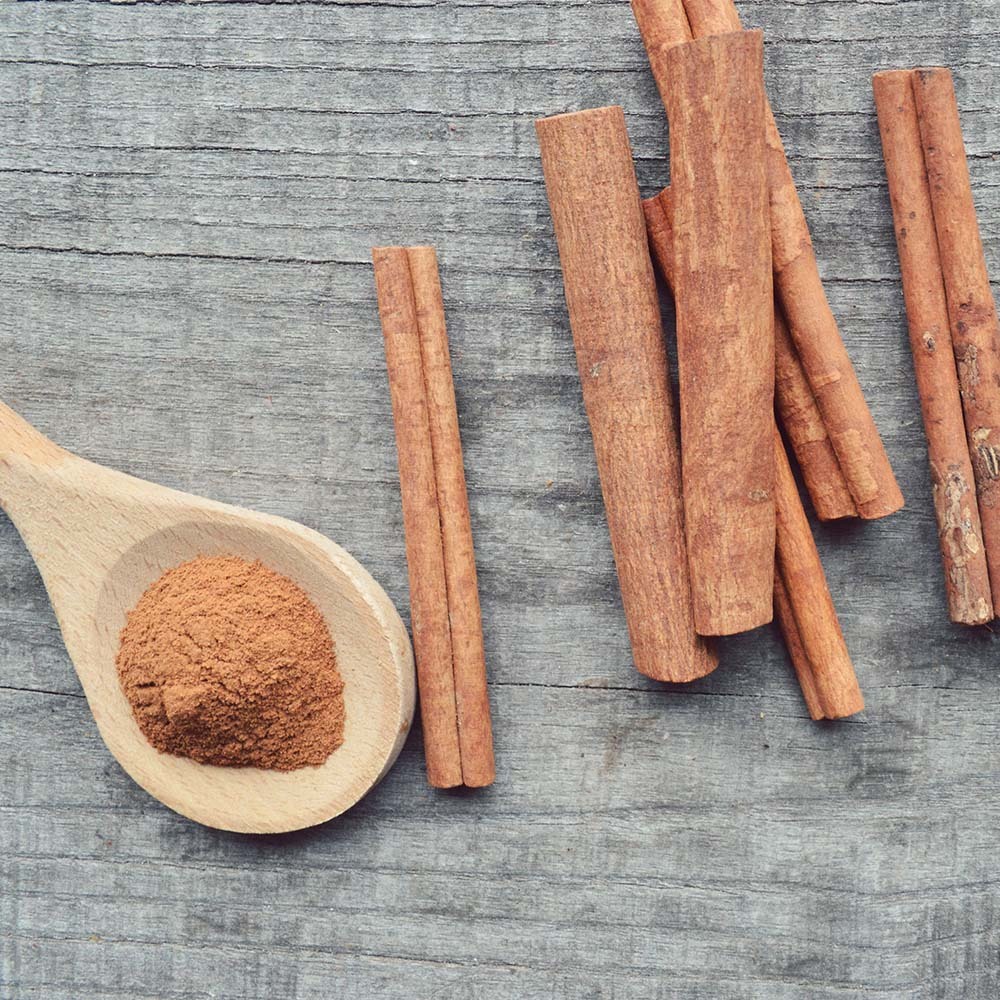
CINAMON
-Native to Ceylon (Sri Lanka), true cinnamon, Cinnamomumzeylanicum, dates back in Chinese writings to 2800 B.C., and is still known as kwai in the Chinese language today. Its botanical name derives from the Hebraic and Arabic term amomon, meaning fragrant spice plant. Ancient Egyptians used cinnamon in their embalming process. From their word for cannon, Italians called it canella, meaning “little tube,” which aptly describes cinnamon sticks.
×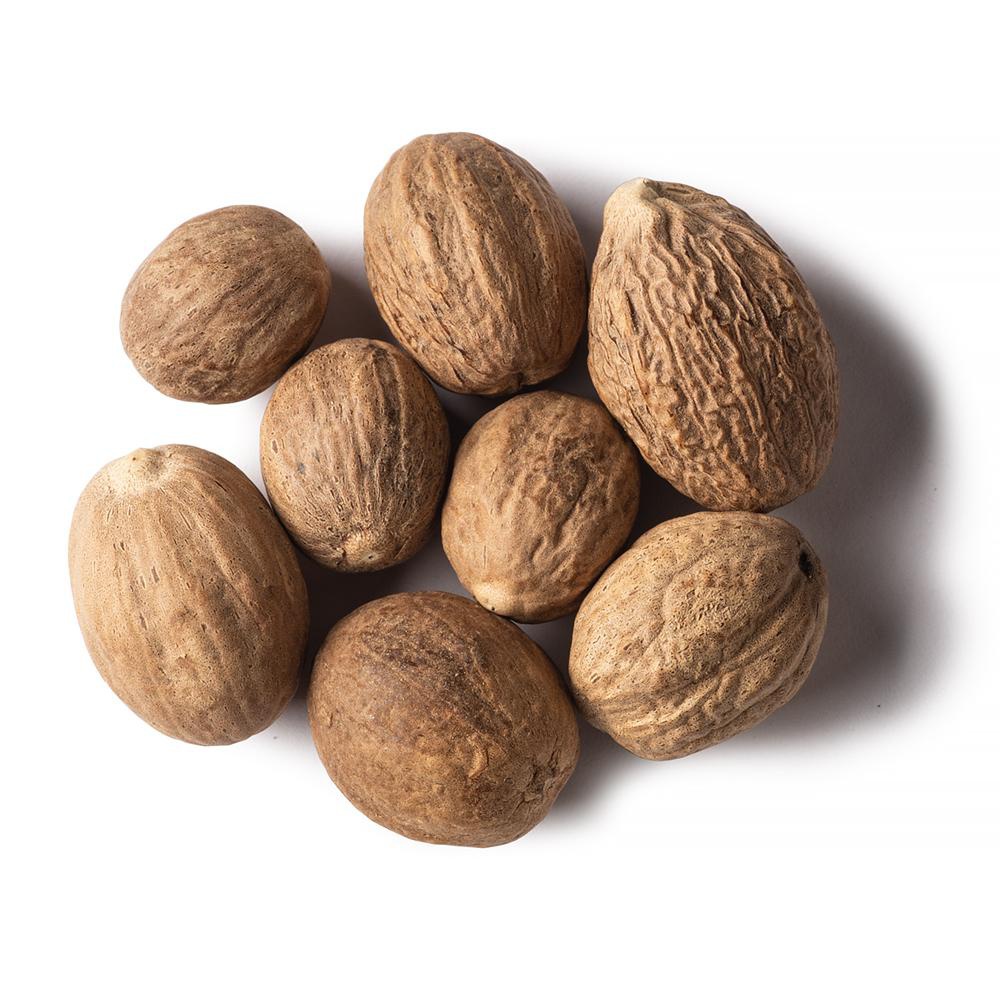
NUTMEG
- Nutmeg is the seed or ground spice of several species of the genus Myristica. Myristicafragrans is a dark-leaved evergreen tree cultivated for two spices derived from its fruit: nutmeg, from its seed, and mace, from the seed covering. It is also a commercial source of an essential oil and nutmeg butter.
×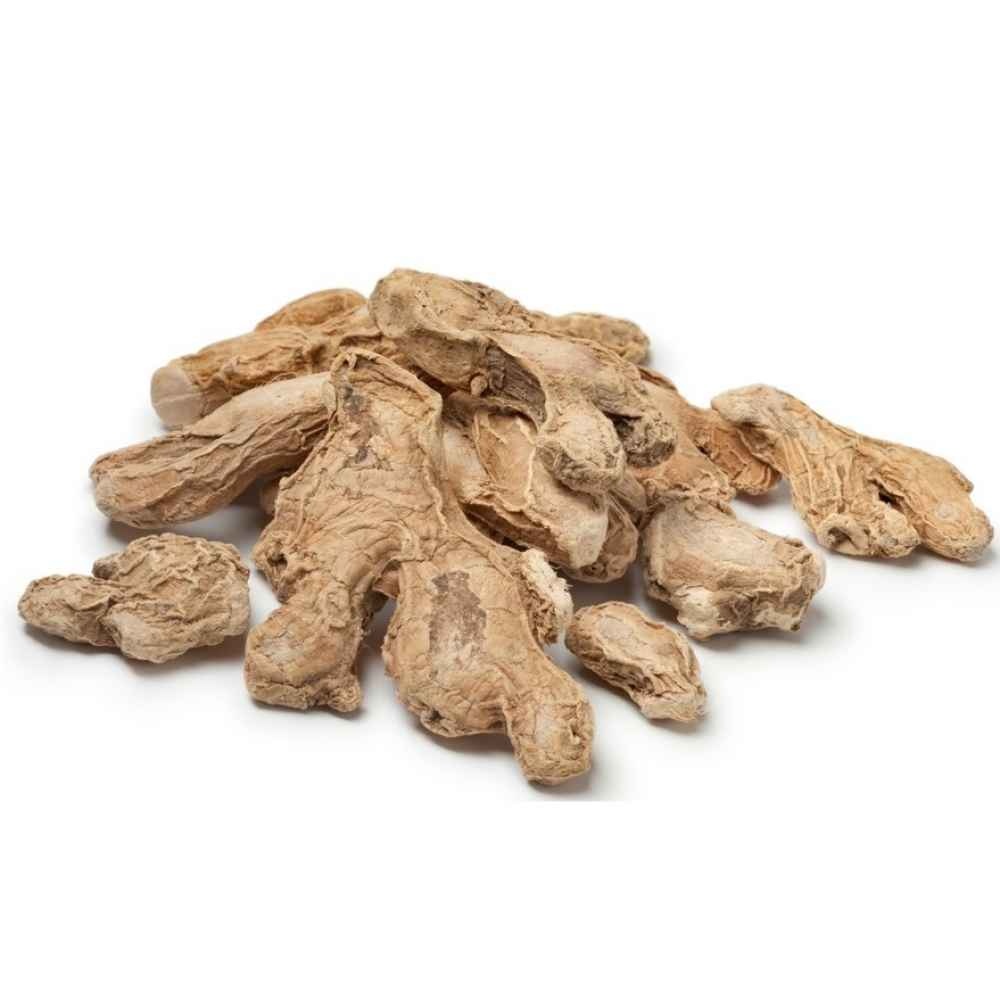
GINGER
- Ginger is a flowering plant whose rhizome, ginger root or ginger, is widely used as a spice and a folk medicine. It is a herbaceous perennial which grows annual pseudostems about a meter tall bearing narrow leaf blades.
×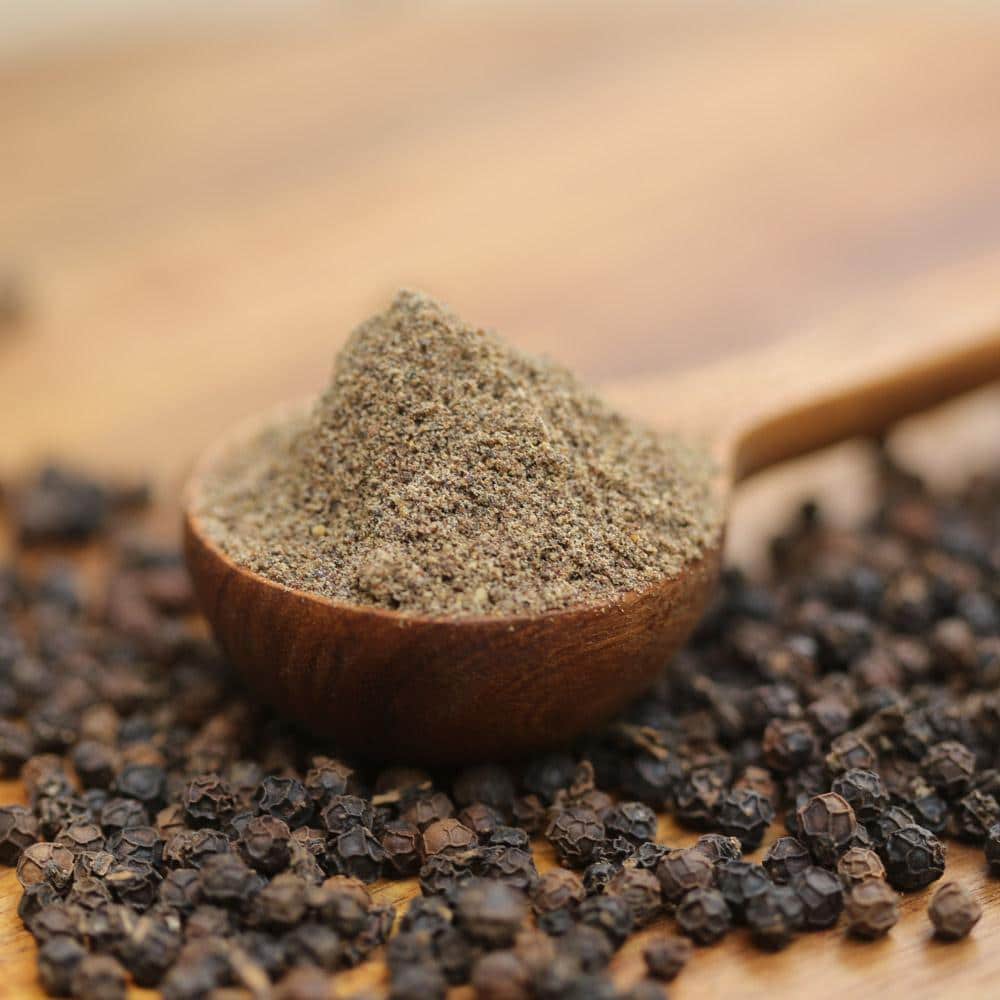
BLACK PEPPER
- Piper nigrum is a flowering vine in the family Piperaceae, cultivated for its fruit, which is usually dried and used as a spice and seasoning, known as a peppercorn. When fresh and fully mature, it is about 5 mm in diameter and dark red, and contains a single seed, like all drupes.
×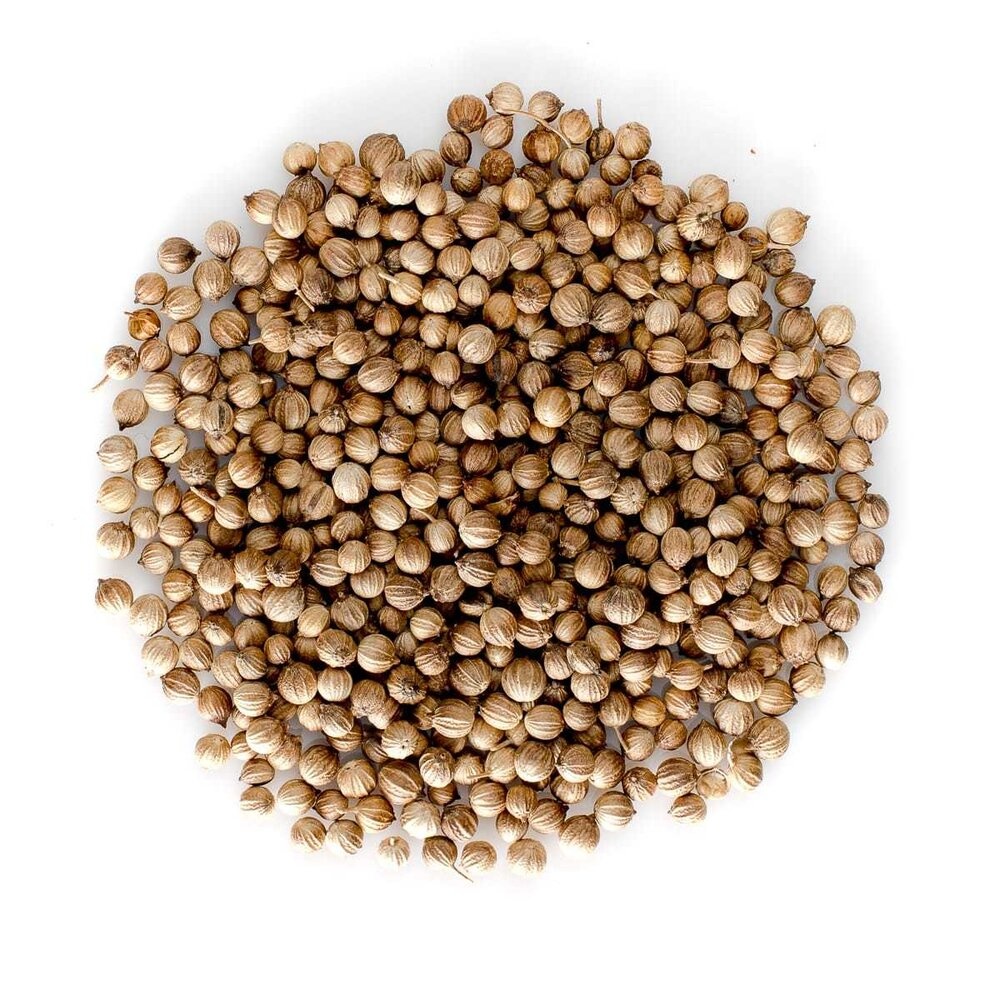
CORIANDER
- Coriander (Coriandrumsativum), also known as cilantro, Chinese parsley or dhania,is an annual herb in the family Apiaceae. Coriander is native to regions spanning from southern Europe and North Africa to southwestern Asia. The seeds often are used as a spice or an added ingredient in other foods. .
×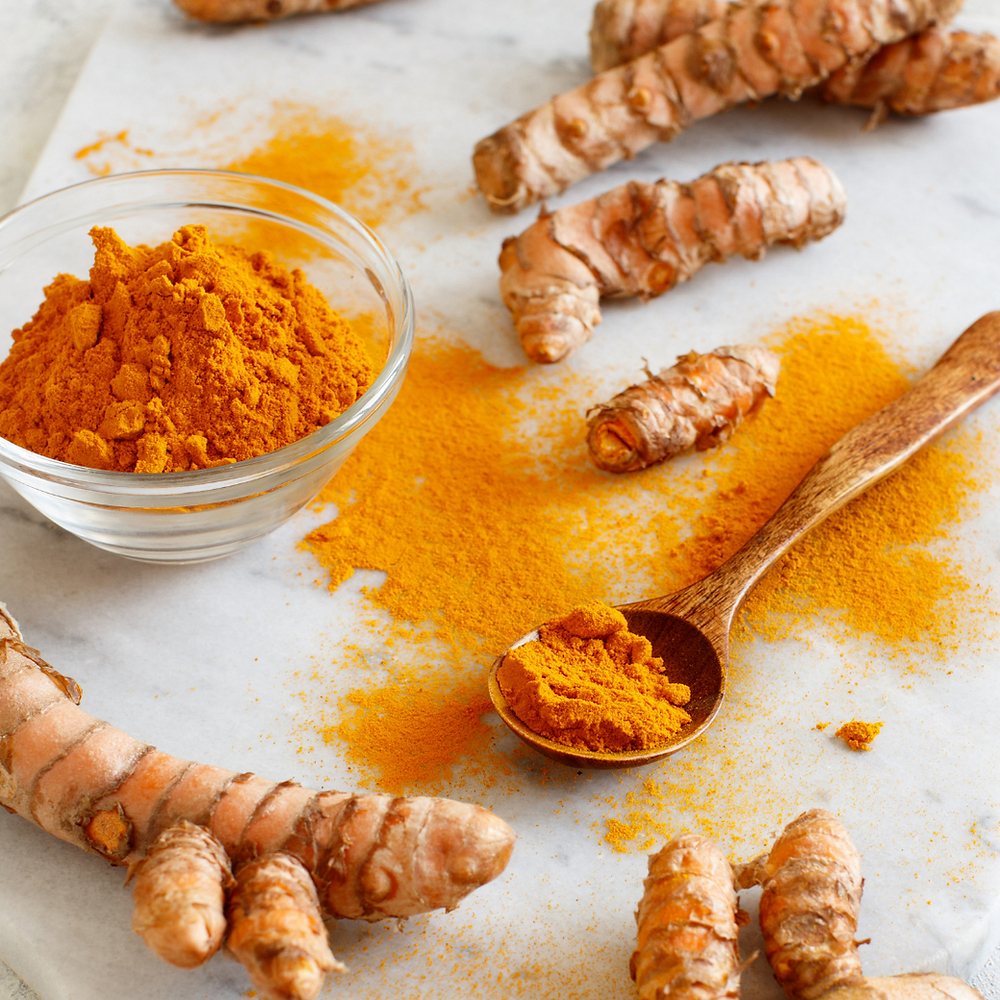
TURMERIC
-Turmeric (Curcuma longa) is a rhizomatous herbaceous perennial plant of the ginger family, Zingiberaceae. It is native to tropical South Asia and needs temperatures between 20 °C and 30 °C and a considerable amount of annual rainfall to thrive. Plants are gathered annually for their rhizomes, and propagated from some of those rhizomes in the following season.
Turmeric is the dried root of curcuma Longa. It has a tough brown skin and bright orange flesh. It is a major ingredient in curry powder.
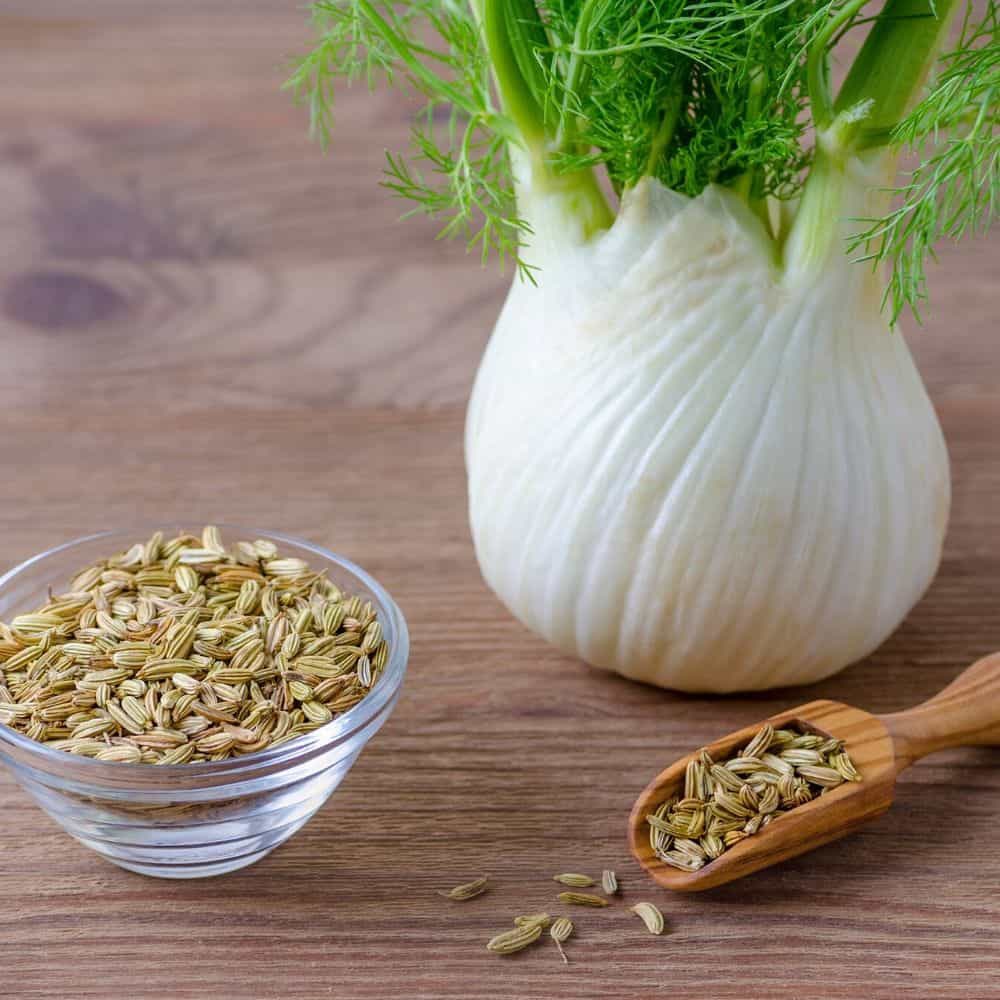
FENNEL
- Fennel is farmed intensively in Turkey. Its variety is Foeniculum Vulgare. The major usage of these seeds are herbal teas and pharmaceutical usage.
×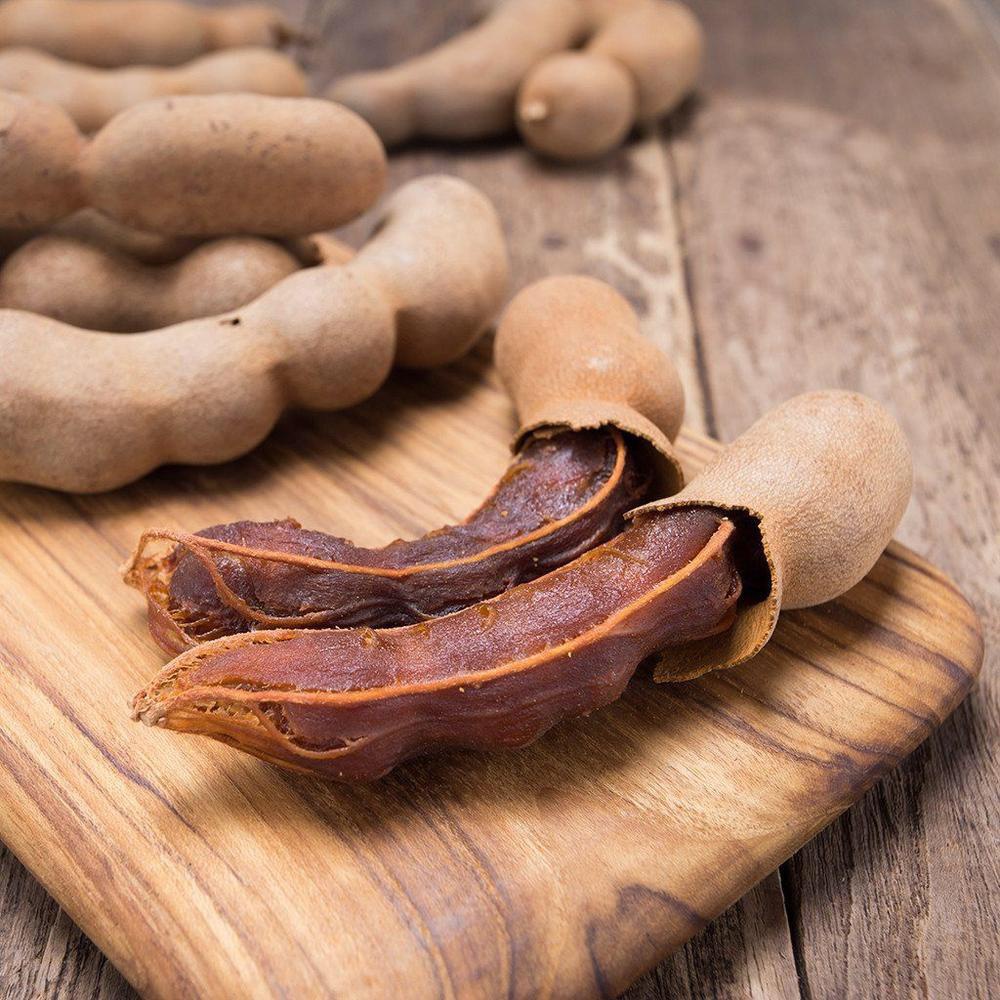
TAMARIND
- Tamarind (Tamarindusindica) is a leguminous tree in the family Fabaceae indigenous to tropical Africa. The genus Tamarindus is a monotypic taxon (having only a single species). The tamarind tree produces pod-like fruit that contains an edible pulp used in cuisines around the world
×
CLOVES
Cloves are the aromatic flower buds of a tree in the family Myrtaceae, Syzygiumaromaticum. They are native to the Maluku Islands in Indonesia, and are commonly used as a spice. Cloves are commercially harvested primarily in Bangladesh, Indonesia, India, Madagascar, Pakistan, Sri Lanka, and Tanzania.
×
LENTILS
- Lentil is an edible pulse. It is a bushy annual plant of the legume family, grown for its lens-shaped seeds. It is about 40 centimeters tall and the seeds grow in pods, usually with two seeds in each. Lentil colors range from yellow to red-orange to green, brown and black. Lentils also vary in size and are sold in many forms, with or without the skins, whole or split. Lentils were the main ingredient in the diet of ancient Iranians, who consumed lentils daily in the form of a stew pored over rice. Lentils are low in calories and high in nutrition. Eating them at least once a week is a great way to add the health benefits of these tasty legumes to your diet. Lentil is a good source of Protein, Calcium, Phosphorus, Magnesium, Vitamin B, and Iron. Lentils are rich in both soluble and insoluble dietary fiber which is helpful in preventing digestive disorders and heart diseases. They are also extremely useful in lowering cholesterol and managing blood-sugar disorders since their high fiber content prevents blood sugar levels from rising rapidly after a meal. Lentils are classified according to their size. They are sold whole or split into halves. Some of the commercial producers of lentils include India, Turkey, Canada, China and Syria. Lentils can be cooked quickly and do not need to be soaked in advance. They are extremely beneficial for Diabetes patients as the soluble fiber in lentils traps carbohydrates which helps to prevent wide swings in blood sugar level throughout the day and maintain a clean digestive system. The minerals contained in lentils such as Iron, Phosphorus, Potassium and Magnesium help in maintaining energy, a strong nervous system and a properly working metabolism.
×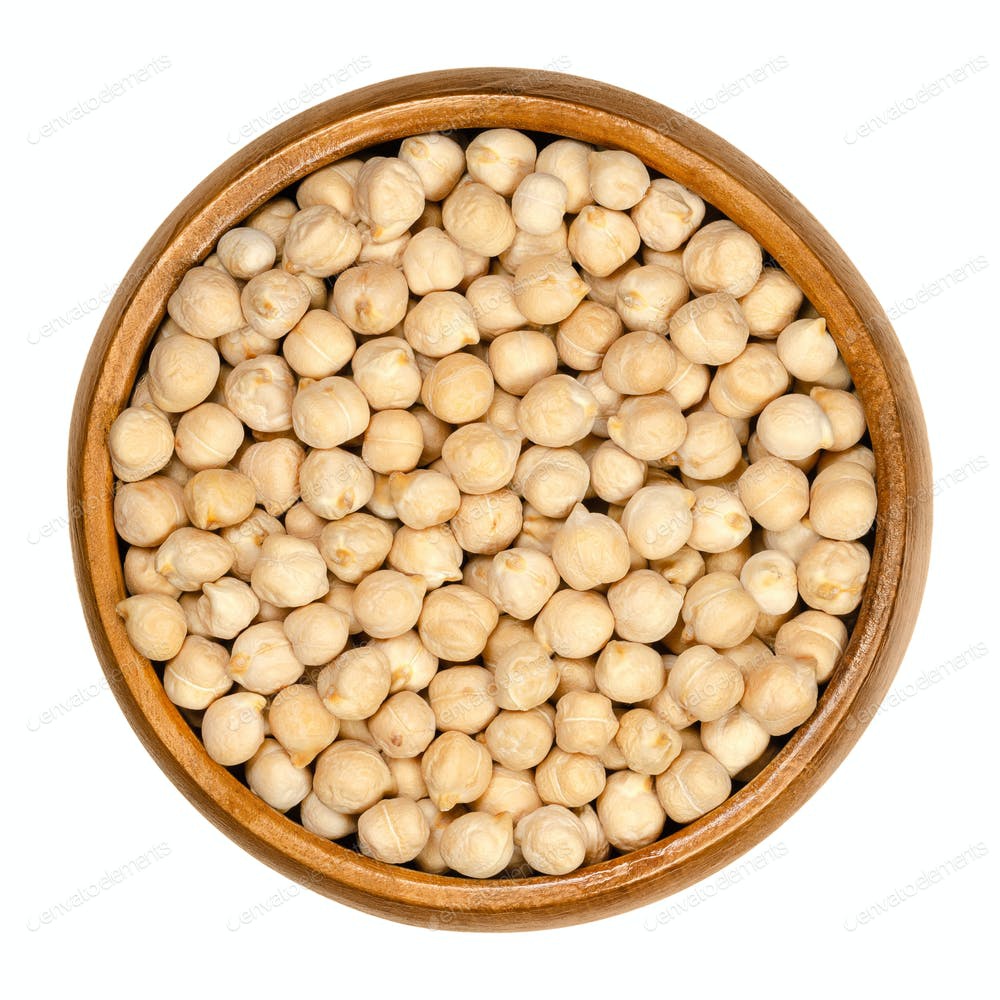
CHICKPEAS
Chickpeas also known as Garbanzo beans are part of the diverse legume family. They provide an excellent source of molybdenum. They are a very good source of Folic Acid, Fiber, and Manganese. As a good source of Fiber, garbanzo beans can help lower cholesterol and improve blood sugar levels. This makes them a great food especially for diabetics and insulin-resistant individuals. When served with high quality grains, garbanzo beans are an extremely-low-fat protein fat. The popularity of chickpeas goes beyond its culinary uses and distinct taste and texture. In fact, chickpeas have long been consumed for their numerous health promoting benefits. Chickpeas are a great source of dietary Fiber, Protein and Folic Acid. Chickpeas are also a source of Iron, Copper, Zinc, and Magnesium.
×
PEAS
-The pea is most commonly the small spherical seed or the seed-pod of the pod fruit Pisumsativum. Each pod contains several peas, which can be green or yellow. Pea pods are botanically fruit, since they contain seeds and develop from the ovary of a flower.
×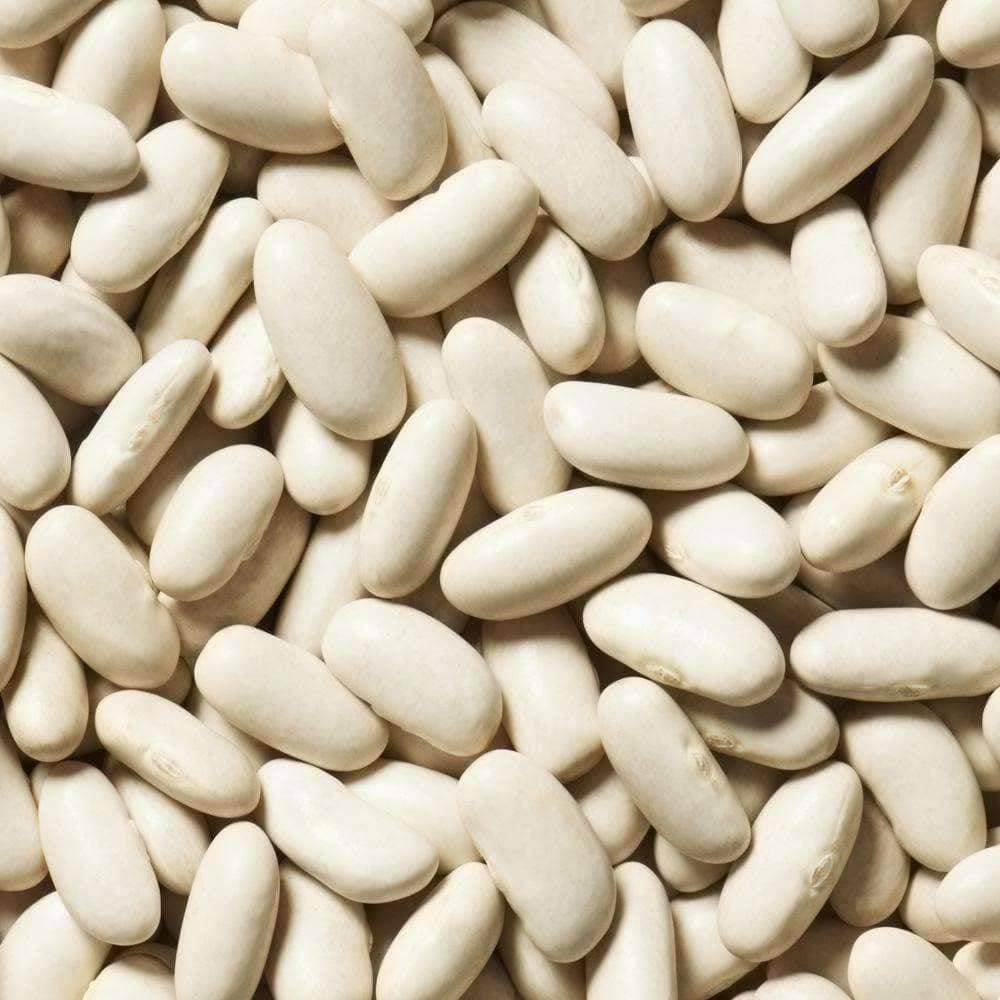
WHITE KIDNEY BEANS
White kidney beans contain a mix of vitamins, including small amounts of B vitamins, vitamin E and vitamin K. The most noteworthy vitamin in its arsenal is folate, a member of the B family. A half-cup of cannellini beans offers a full 18 percent of the daily value for this vitamin.
×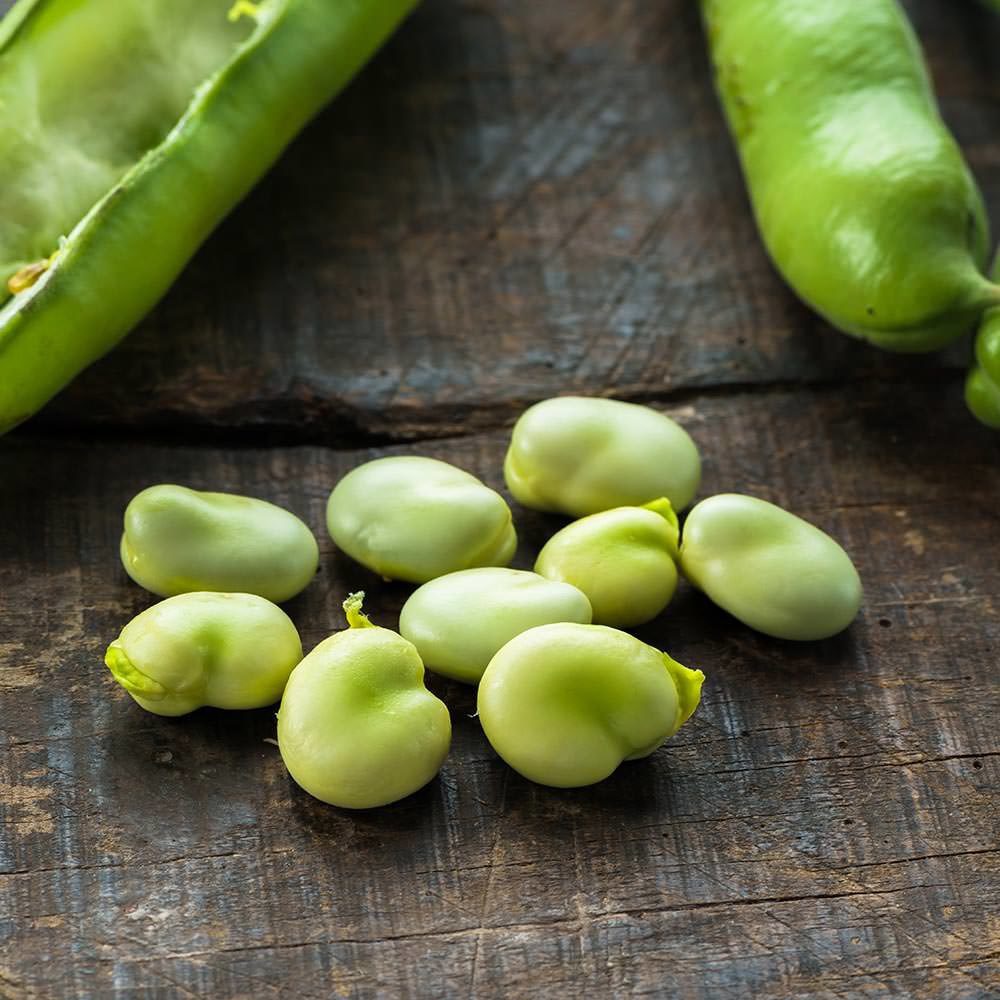
BROAD BEANS
- Broad Beans have been cultivated extensively for thousands of years and are among the easiest of cropping vegetables to grow due to their general hardiness and resistance to inclement weather. Historically, they formed a major part of the eastern Mediterranean diet from around 2000 BC especially in Syria and Italy. The broad bean is a cool-season annual legume and is usually planted during the months of February and March for vegetable use and from September to November for cover crops. Broad beans are extremely high in soluble fiber, protein and a wide spectrum of vitamins and minerals. Broad beans contain levodopa, madopar, dopar, larodopa. They are used to treat Parkinson’s disease. Broad beans are rich in nutrients. They are a good source of Iron, Magnesium, Potassium, Zinc, Copper, Selenium, and many other vitamins. Broad beans can be cooked in boiling salted water for 20 to 25 minutes in a covered saucepan.
×
GREEN PEAS
- Green peas are a great source of vitamins and minerals, they alsoprovide the carotenoid phytonutrients, lutein and zeaxanthin, which are known to promote vision and eye health.
×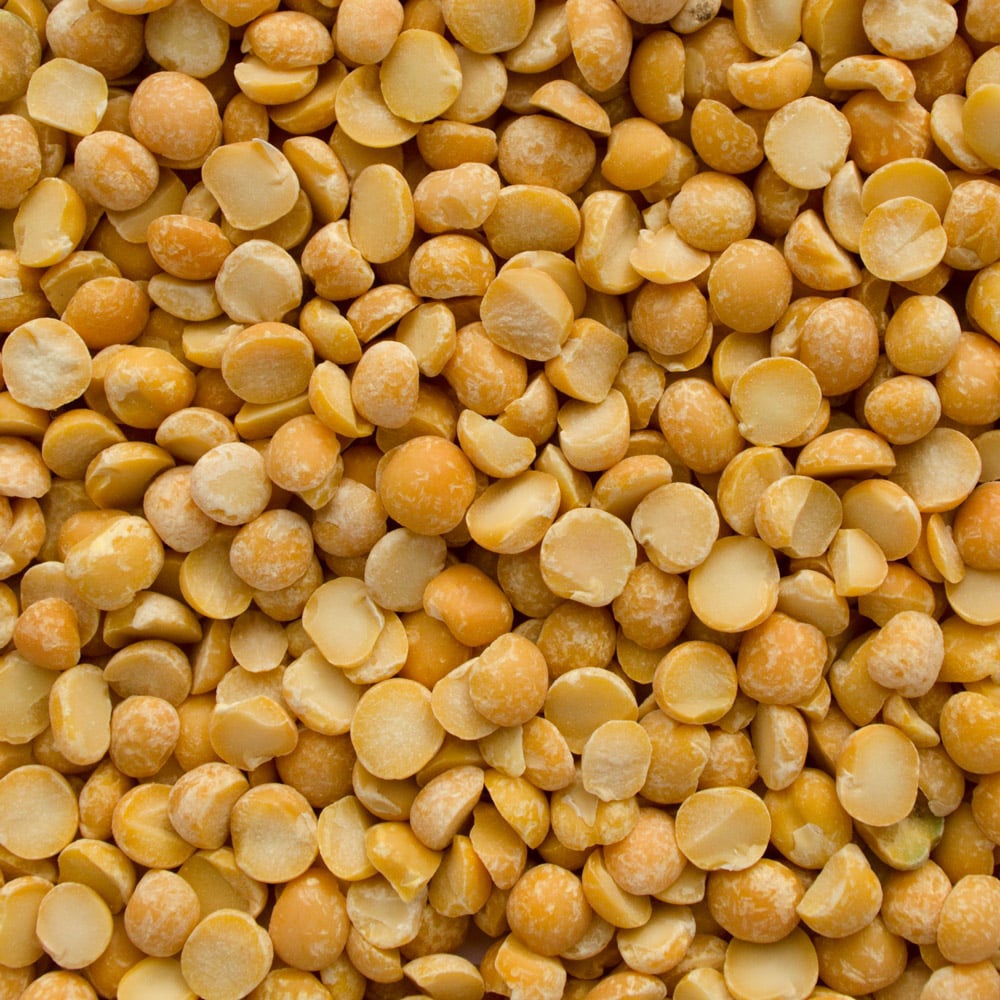
YELLOW PEAS/ SPLIT PEAS
- Split peas are an agricultural or culinary preparation consisting of the dried, peeled and split seeds of Pisumsativum, the pea.
×
SESAME SEED
- Sesame is a flowering plant in the genus sesames. It is an annual plant growing from 50 up to 100 cm (2-3 feet) tall, with opposite leaves 4 to 14 cm (5.5 in) long with an entire margin; they are broad lance late, to 5 cm (2 in), at the base of the plant, narrowing to just 1 cm (half an inch) broad on the flowering stem. The flowers are white to purple, tubular, 3 to 5 cm (1 to 2 in) long, with a four-lobed mouth.
One of the first oil seeds known to humankind, sesame seeds are used in culinary as well as in traditional medicines for their nutritive, preventive, and curative properties. Its oil seeds are sources for some phyto-nutrients such as omega-6 fatty acids, flavonoid phenolic anti-oxidants, vitamins and dietary fiber with potent anti-cancer as well as health promoting properties. Sesame seeds are small, almost oblate in shape featuring pleasant nutty flavor and high oil content. The seeds are incredibly rich sources of many essential minerals. Calcium, Iron, Manganese, Zinc, Magnesium, Selenium, and Copper are especially concentrated in sesame seeds. Many of these minerals have vital role in bone mineralization, red blood cell production, enzyme synthesis, hormone production, as well as regulation of cardiac and skeletal muscle activities. Delicious, crunchy sesame seeds are widely considered healthful foods. They are high in energy but contain many health benefiting nutrients, minerals, antioxidants and vitamins that are essential for wellness. Sesame is amongst the seeds rich in quality vitamins and minerals. They are very good sources of B-complex vitamins such as niacin, folic acid, thiamin (vitamin B1), pyridoxine (vitamin B6), and riboflavin. Sesames come in a variety of colors, from cream-white to charcoal-black.
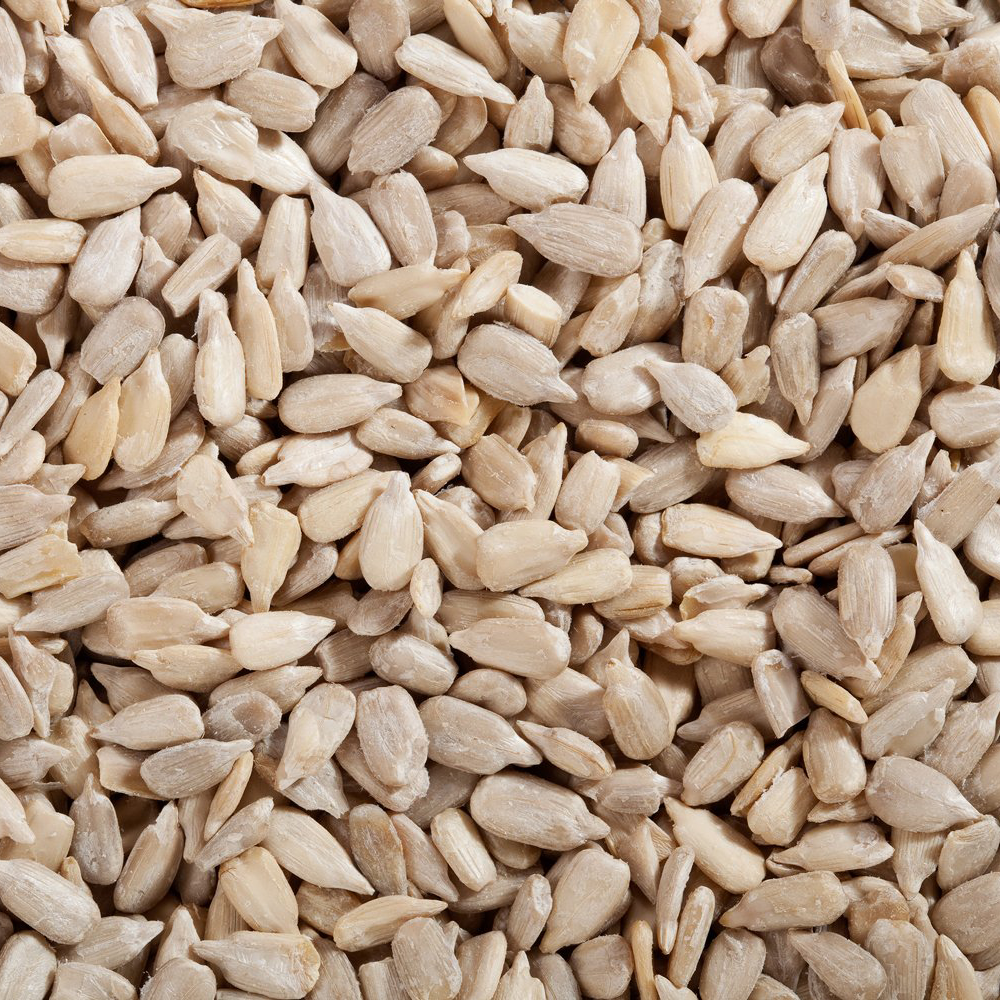
SUN FLOWER SEED
-The sunflower is named after its huge, fiery blooms, whose shape and image are often used to depict the sun. It has a rough, hairy stem, broad, coarsely toothed, rough leaves and circular heads of flowers .Leaves of the sunflower can be used as cattle feed, while the stems contain a fibre which may be used in paper production.
×
PISTACHIO
- As everywhere in the world Pistachio is the king of the snack. Turkey has an extensive production but also consumption. The variety available is Pistachia Vera.
×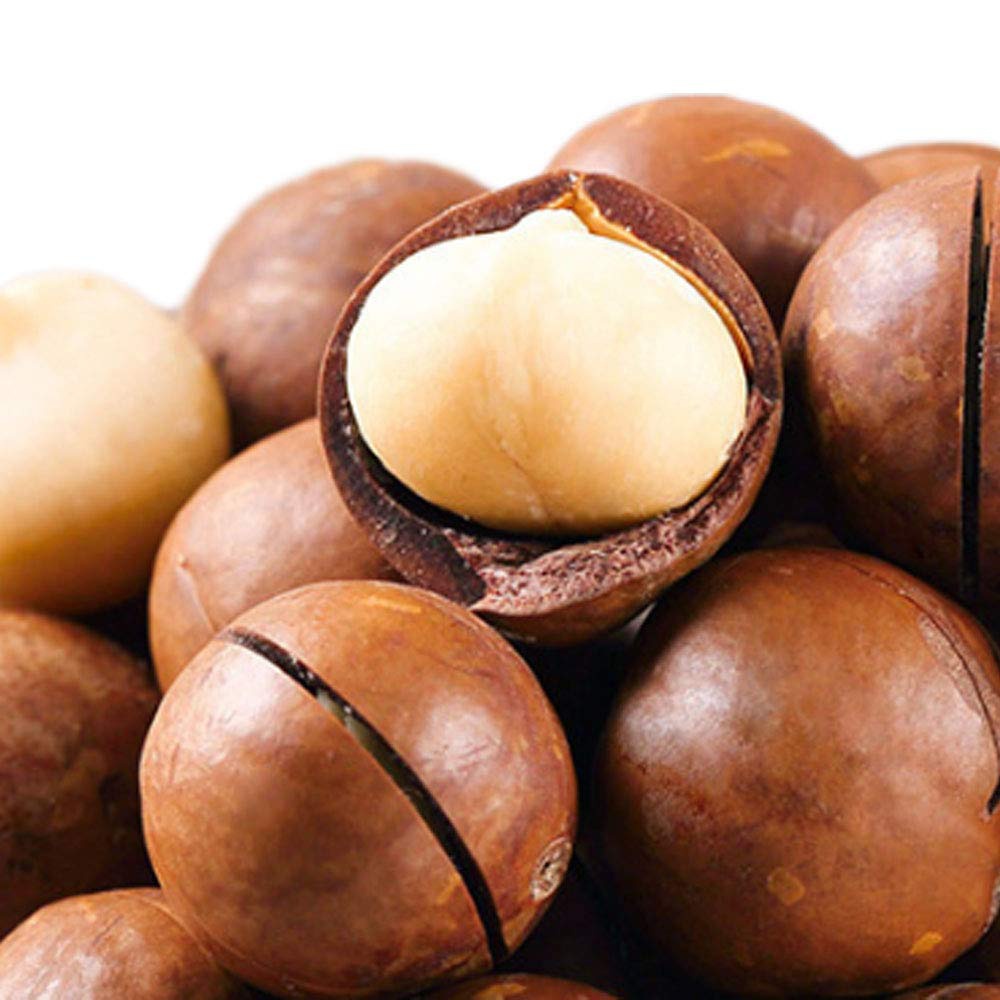
MACADAMIA
-Macadamia is a genus of four species of trees indigenous to Australia, and constituting part of the plant family Proteaceae. They are native to north eastern New South Wales and central and south eastern Queensland.
×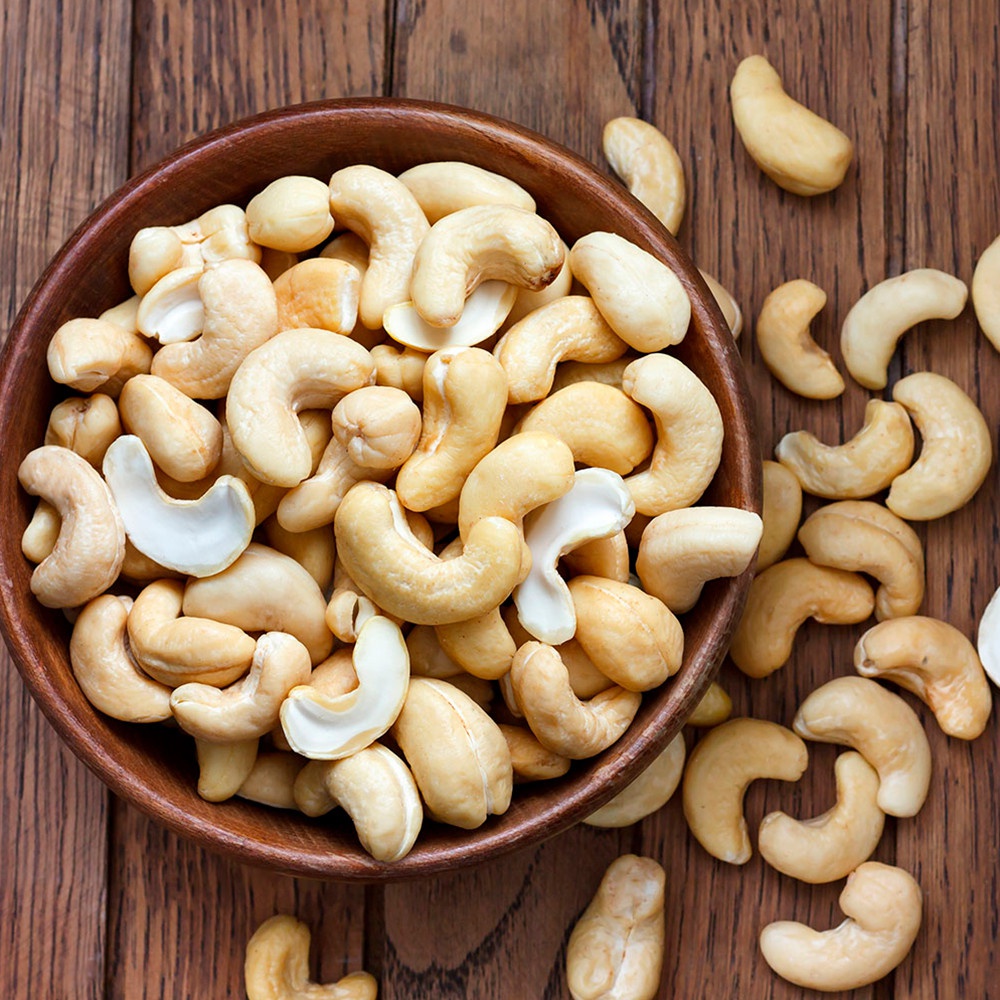
CASHEW NUT
-The cashew tree is a tropical evergreen tree that produces the cashew seed and the cashew apple. It can grow as high as 14 m, but the dwarf cashew, growing up to 6 m, has proved more profitable, with earlier maturity and higher yields. The species is originally native to northeastern Brazil.
×
PEANUT
-The peanut, also known as the groundnut, goober, or monkey nut, and taxonomically classified as Arachishypogaea, is a legume crop grown mainly for its edible seeds. It is widely grown in the tropics and subtropics, being important to both small and large commercial producers.
×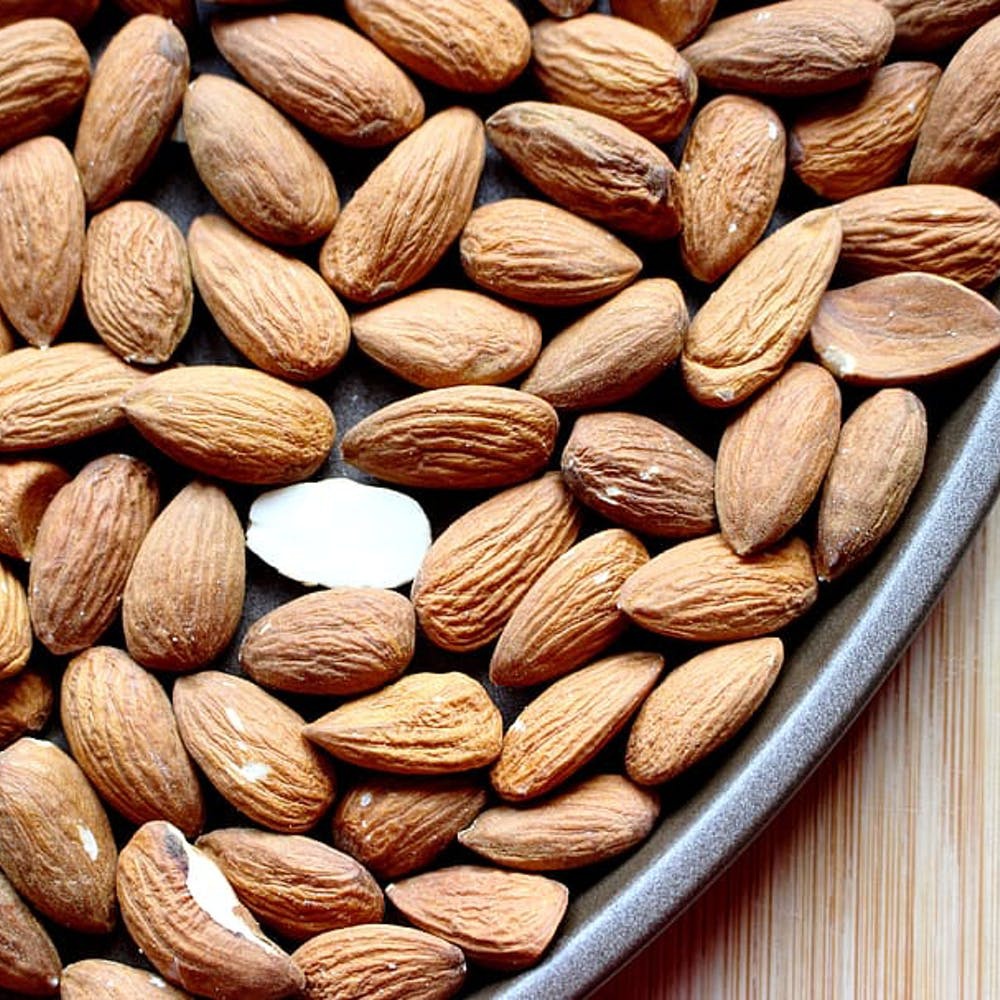
ALMOND
- The almond is a small delicious tree, growing 4-10 meters in height, with a trunk of up to 30 centimeters in diameter. The young brushwood is green at first, becoming purplish where exposed to sunlight, then grey in the second year. Almonds begin bearing an economic crop in the third year after planting. Trees reach full bearing five to six years after planting. The fruit is mature in the autumn, 7 to 8 months after flowering. The almond is a native to the Mediterranean climate region of the Middle-East, eastward as far to the Indus. While the almond is often eaten on its own, raw or toasted, it is also a component of various dishes. Almonds are available in many forms, such as whole, sliced, and as almond butter, almond milk and almond oil. These variations can be used in both sweet and savory dishes. Sweet almonds can be sprinkled over desserts, particularly ice cream based dishes. Sweet almonds are used in marzipan, nougat, many pastries, cookies (including French macaroons), cakes and other sweets and desserts. They are also used to make almond butter, a spread similar to peanut butter. The fruit is somewhat sour, but is a popular snack in parts of the Middle East, eaten dipped in salt to balance the sour taste. In Iran, green almonds are dipped in sea salt and eaten as snacks on street markets; they are called Chaqalebâdam. Also sweet almonds are used to prepare a special food for babies. The almond oil is used to remove black spots and black marks on the skin. Found in places like Iran, Saudi Arabia, Lebanon, Turkey, Syria and Jordan, almond is a very nutritious nut. It is a rich source of vitamin E, Calcium, Phosphorus, Iron and Magnesium.
×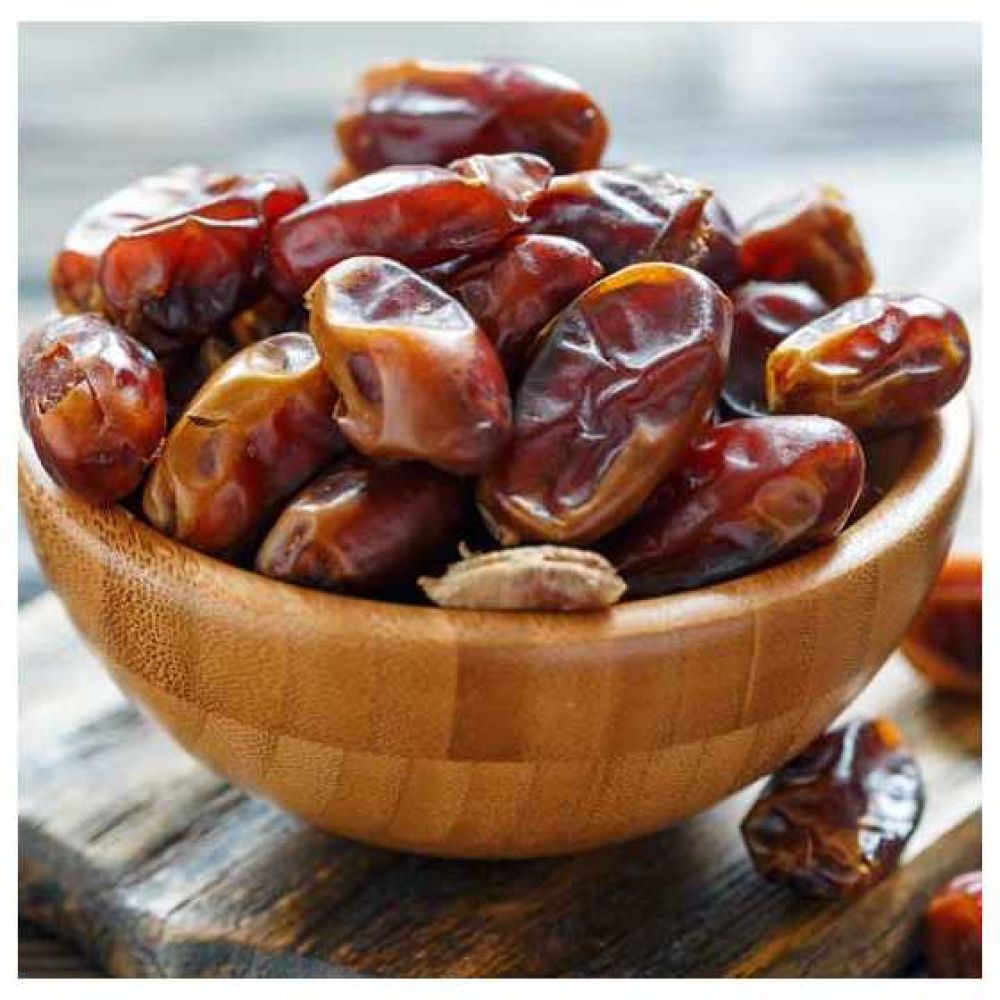
DATES
- Phoenix dactylifera, commonly known as date or date palm, is a flowering plant species in the palm family, Arecaceae, cultivated for its edible sweet fruit.
×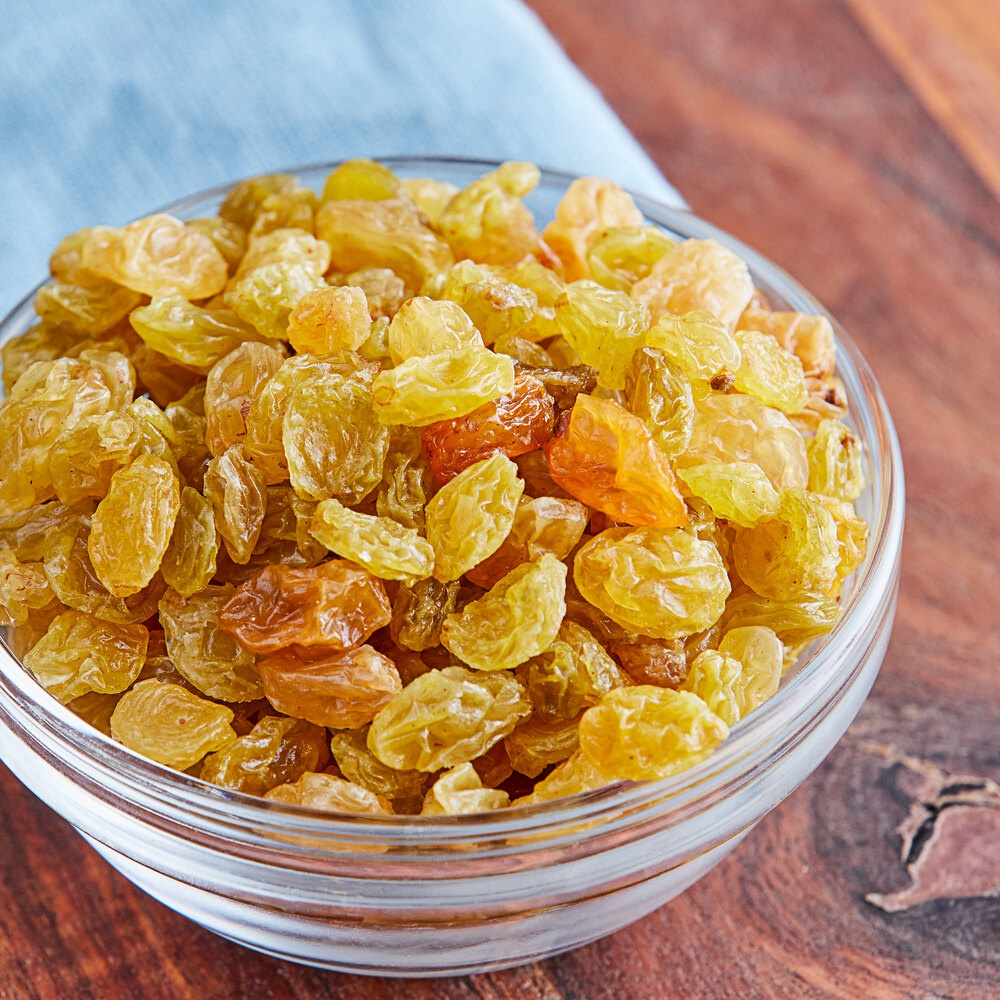
RAISIN
A raisin is a dried grape. Raisins are produced in many regions of the world and may be eaten raw or used in cooking, baking, and brewing.
×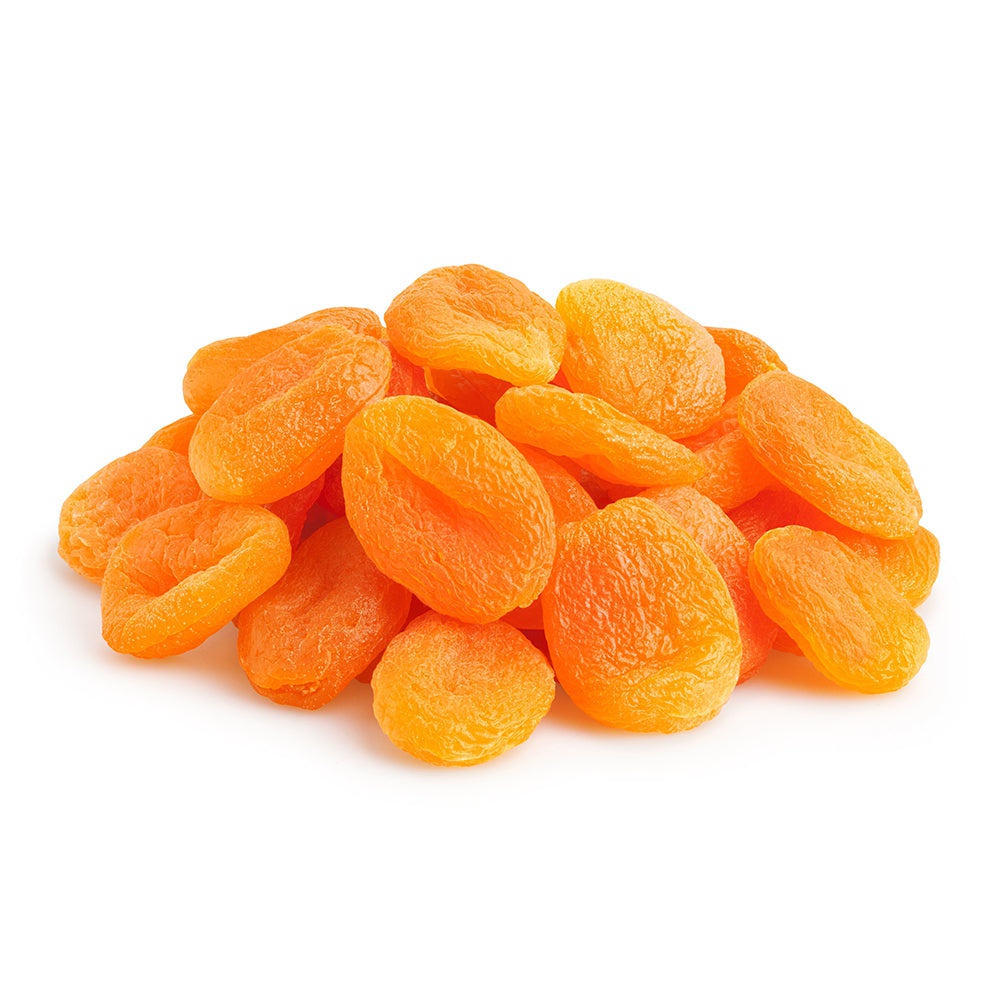
DRIED APRICOTS
- Dried apricots are a type of traditional dried fruit. When treated with sulfur dioxide, the color is vivid orange. Organic fruit not treated with sulfur vapor is darker in color and has a coarser texture. Generally, the lighter the color, the higher the SO₂ content.
×Upcoming Events
FISS (FEDERATION OF INDIAN SPICE STAKEHOLDERS) SPICE MEET AND CROP SURVEY 2ND & 3RD MARCH 2019

Focusing on crops survey of main Indian spices, and the needs of EU and USA markets, from Indian suppliers was the major topics of discussion durin....
Contact Us
Contact Info
- AGROPRIX
- 1882 Chemin Saint-Clare , Mont_Royal, MONTREAL
- H3R 2P4
- +1 514-649-8959
- ali@agroprix.com

 SPICES
SPICES PULSES
PULSES PEAS & BEANS
PEAS & BEANS OIL SEED
OIL SEED NUTS
NUTS DRIED FRUITS
DRIED FRUITS